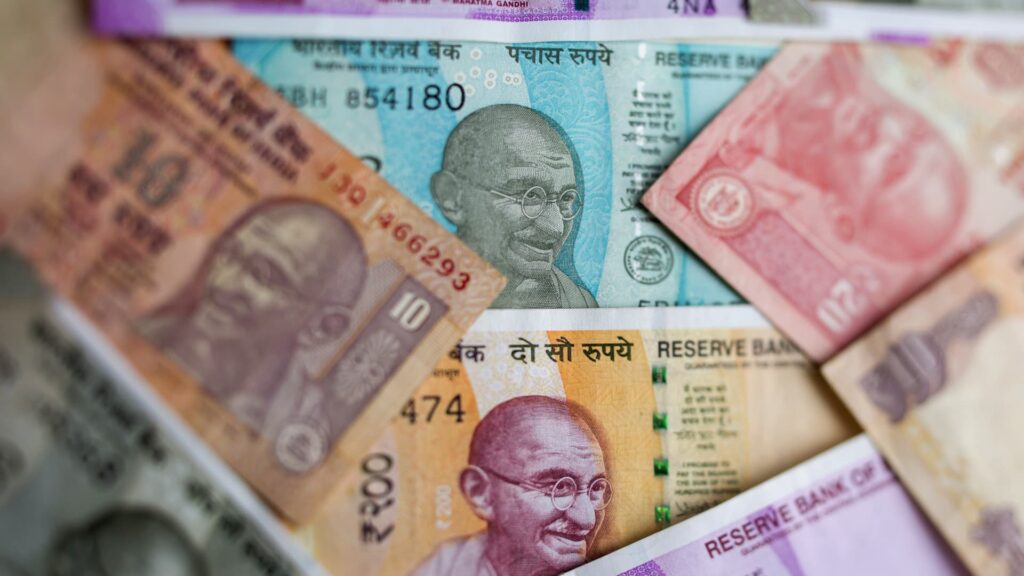The portrait of Mahatma Gandhi is displayed on Indian rupee banknotes in an arranged photograph in Bangkok, Thailand, on Wednesday, Sept. 12, 2018.
Brent Lewin | Bloomberg | Getty Images
The U.S. Federal Reserve is expected to cut interest rates later this year and, while that may not be good news for the dollar, some Asian currencies stand to benefit.
Higher interest rates boost a country’s currency, attracting foreign investment and increasing demand for the country’s currency. A weak U.S. dollar is generally positive for emerging markets, which is often the case when the Fed cuts interest rates outside of an economic crisis.
The Fed shifted to a more dovish stance in December, with markets now pricing in rate cuts by summer. The CME FedWatch tool suggested the first 25-basis-point rate cut in 2024 could happen as early as June.
The Fed’s January meeting concluded with the central bank holding its benchmark borrowing rate in a range between 5.25% and 5.5%.
Experts told CNBC currencies such as the Chinese yuan, the Korean won and the Indian rupee stand to benefit from the Fed loosening monetary policy.
Yuan can’t go any lower
China has weathered a slew of disappointing headlines that have beaten down investor confidence. But hopes that authorities would not allow the trade-reliant nation’s currency to weaken below a certain level have limited yuan pessimism.
China has tried to stabilize the yuan against the dollar in the past and is expected to continue doing so, according to Arun Bharath, chief investment officer at Bel Air Investment Advisors.
“While the exchange rate has weakened to a 7 handle on the USD/CNY rate, reflecting a weaker economic situation in China, further weakening is unlikely as policymakers start to be more aggressive in fiscal stimulus, credit growth, and propping up property values,” Bharath said.
He noted that the Chinese currency’s exchange rate will likely hover in “a narrow band around the current exchange rate of 7.10.”
Unlike other…
Read the full article here





